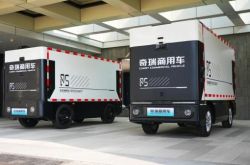First! XPeng Huitian's Flying Car Factory Achieves Structural Completion
![]() 07/23 2025
07/23 2025
![]() 607
607

Author: I Song Xi | Location: 960
Full Text: 1623 words, approximately 3 minutes to read
Is the countdown to mass production of flying cars officially underway?!
On July 16, Guangzhou High-tech Zone announced that XPeng Huitian has secured nearly 5.4 billion yuan in funding. Concurrently, the flying car factory located in Huangpu District has reached structural completion and is scheduled for full completion in the fourth quarter of this year, with mass production and delivery anticipated in 2026.
This factory marks the world's first modern assembly line production base dedicated to flying cars.
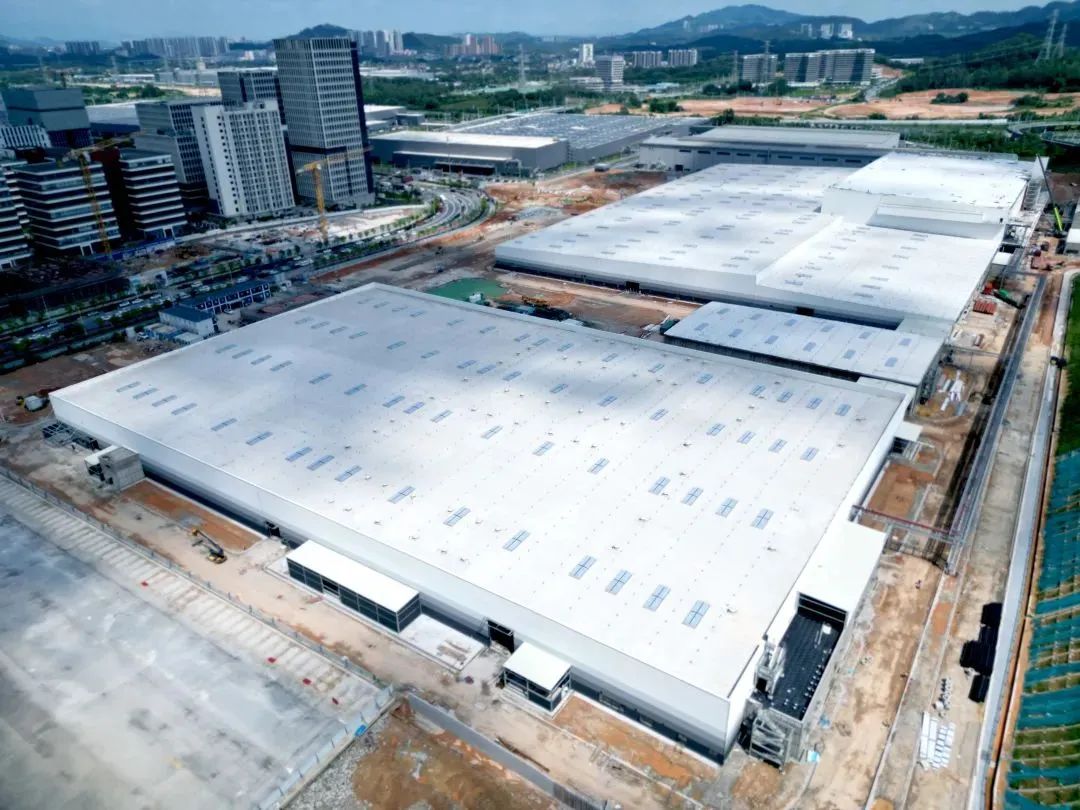
XPeng Huitian Flying Car Factory | Source: Guangzhou High-tech Zone Announcement
In July 2024, Guangzhou Development Zone signed an investment cooperation agreement with XPeng Huitian for the flying car project, pledging support in areas such as land use, funding, and application scenarios to jointly propel the research and development, mass production, and application of flying cars.
Construction of the flying car factory commenced in October 2024.
According to land transaction records from the Guangzhou Municipal Planning and Natural Resources Bureau, the factory site is located on plot ZSCXN-C2-3 within the Sino-Singapore Guangzhou Knowledge City, part of the New Generation Information Technology Innovation Park. The site spans 178,000 square meters (approximately 267 mu), with a plot ratio of 1.2-4.0 and an above-ground construction area ranging from 214,000 to 713,000 square meters. The land use right is granted for 20 years at a transaction price of 75.83 million yuan.
Based on these figures, the cost per square meter is approximately 426 yuan.

Plot Details | Source: Guangzhou Municipal Planning and Natural Resources Bureau
According to the transfer announcement, this plot must be utilized for the development of intelligent electric aircraft research and development, production, sales, and related businesses. The output value in the first year after production must exceed 1.8 billion yuan, with tax payments of no less than 75 million yuan. It must reach full production capacity by the fourth year after production, with an annual output value of at least 3.7 billion yuan and tax payments of at least 220 million yuan upon reaching full capacity.
Notably, to the south of this plot lies the XPeng automobile parts factory and Area B of XPeng's Guangzhou smart manufacturing base, to the north is the XPeng new vehicle parking lot, and to the west is the west park of the Knowledge City new energy vehicle industrial park.
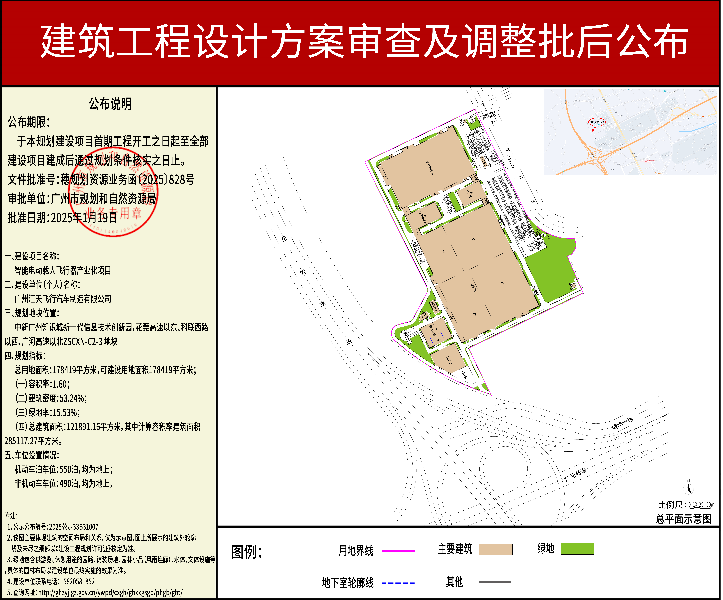
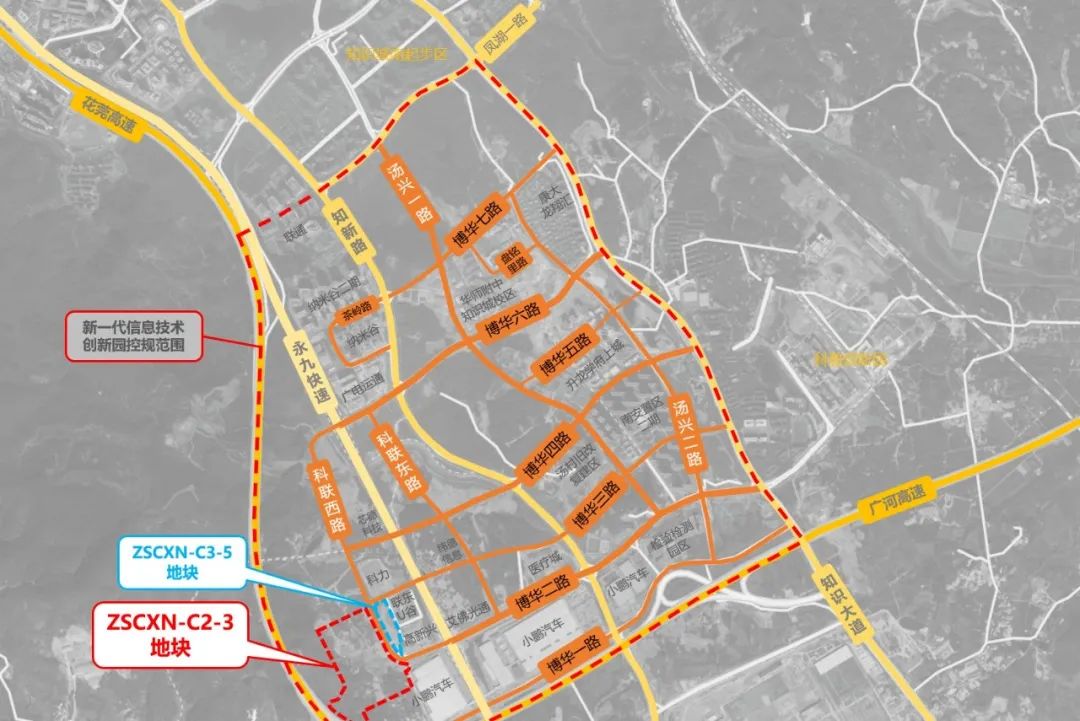
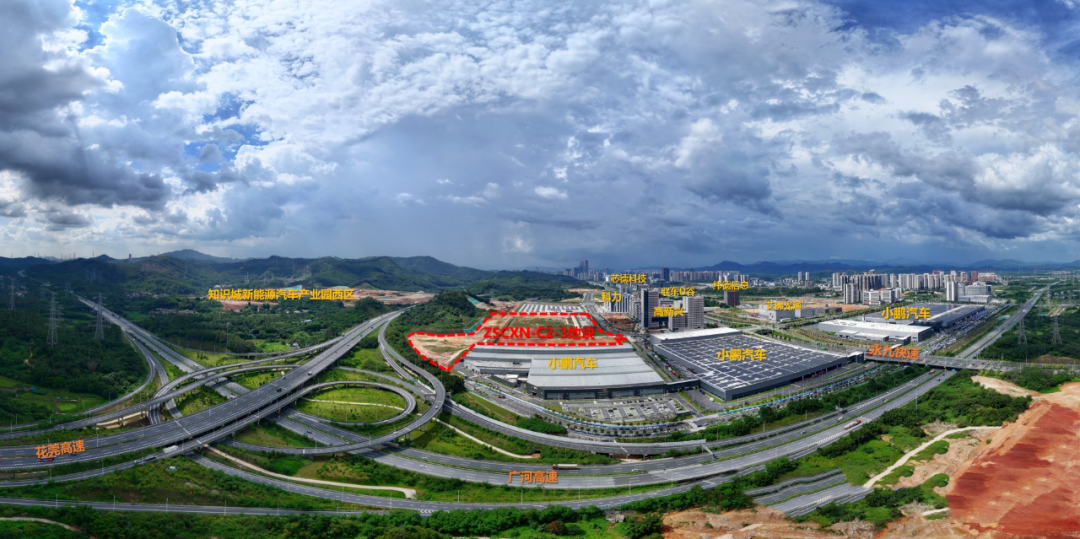
Plot Details | Source: Guangzhou Municipal Planning and Natural Resources Bureau, Sino-Singapore Guangzhou Knowledge City
This project is primarily intended for the production of the 'land aircraft carrier' flying body component of the flying car, with a planned annual production capacity of 10,000 units. The plan encompasses four major production workshops and auxiliary facilities for composites, connection, painting, and final assembly.
XPeng Huitian reveals that the flying car 'land aircraft carrier' has secured a production license from the Civil Aviation Administration of China. It is anticipated to obtain a type certificate in October this year and commence mass production and delivery in 2026. Upon delivery, it will initially be utilized in 'wild fly' scenarios such as flying campsites. As of July 2025, it has received over 4,000 pre-orders with a cumulative order value of approximately 8 billion yuan, including airline companies and individual users.
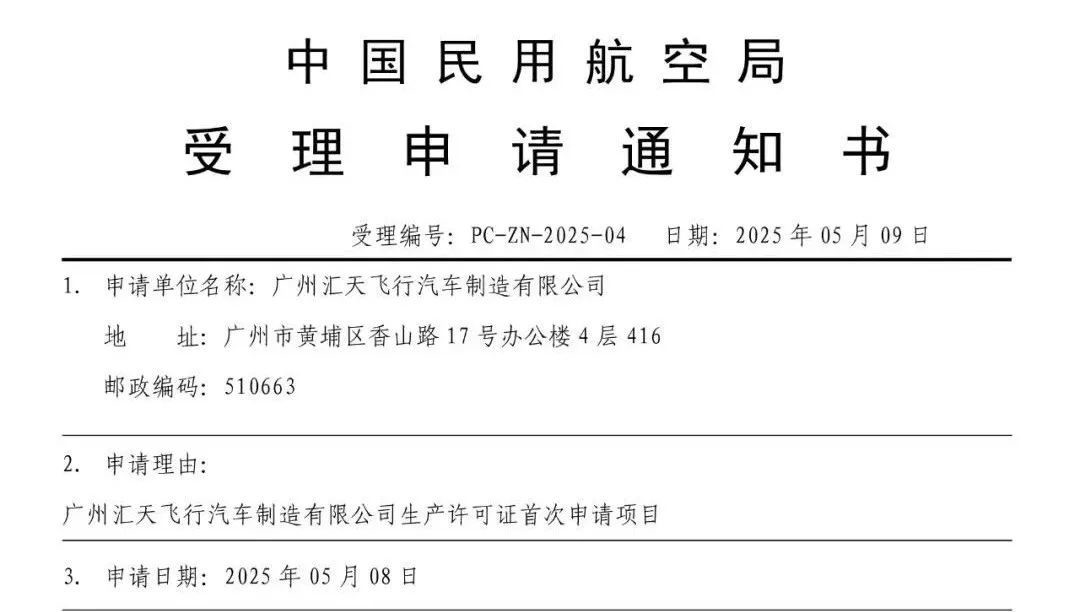

Source: Internet
The flying car 'land aircraft carrier' is XPeng Huitian's groundbreaking detachable flying car, having successfully completed high-temperature plateau and winter testing. Priced at approximately 2.07 million yuan, it is designed for multi-scenario applications such as 'wild scenic area experiences + future urban commuting'.
Public information indicates that XPeng Huitian, formerly Dongguan Huitian Technology, was founded in 2013 with founder Zhao Deli leading the research and development of manned aircraft. In September 2020, He Xiaopeng, chairman of XPeng Motors, made a strategic investment and acquired a controlling stake, officially establishing Guangdong Huitian Aerospace Technology Co., Ltd. to focus on the research and development and commercialization of intelligent electric flying cars. The company then relocated its headquarters to Guangzhou, integrating it into the XPeng Motors ecosystem.
On July 15, the company officially completed a B-round financing of US$250 million. The company stated that this funding will be utilized to ensure the smooth progression of XPeng Huitian's flying car research and development, mass production, and commercialization processes.
Notably, the B1 round of investment of US$150 million was primarily led by local state-owned assets, including Guangzhou Development Zone Holding Group Co., Ltd., Guangzhou Finance Holding Group Co., Ltd., and Guangzhou Development Zone Investment Group Co., Ltd.
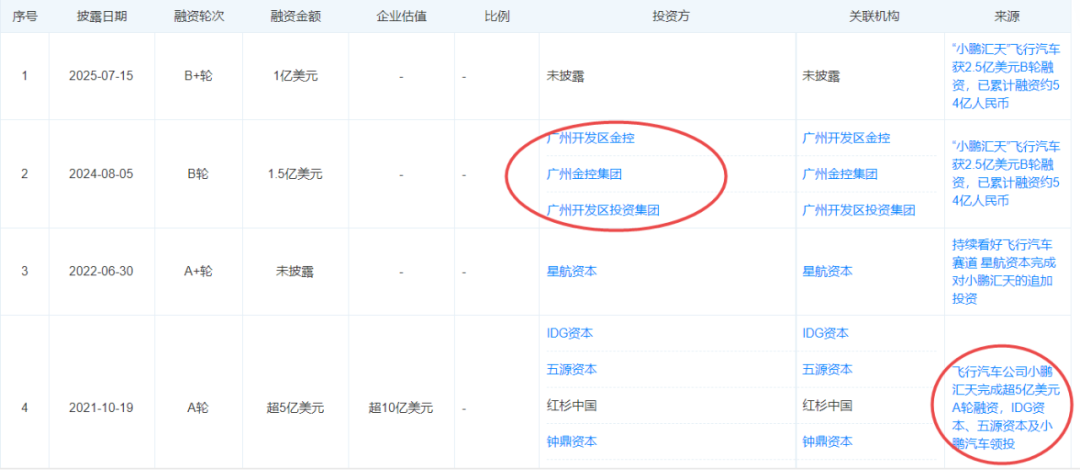
XPeng Huitian's 4 Funding Rounds | Source: Tianyancha
Furthermore, Huangpu District in Guangzhou has planned a low-altitude economic industrial park spanning approximately 5 square kilometers within the Knowledge City. It has also issued special policies such as the 'Low Altitude 11 Articles' and established a low-altitude industry venture capital fund with a scale of 10 billion yuan.
Guangzhou is not alone in its pursuit of securing a leading position in low-altitude economic development.
For instance, the Chengdu Heavy Industry Fund once announced its participation in the B-round financing of Voyager Aerospace, stating its continued focus on the layout of core enterprises in the low-altitude economy sector. Funds under Shenzhen Investment Holding Co., Ltd., and the Shanghai Free Trade Zone Fund jointly invested in the drone supervision system enterprise Tejin Intelligence. Additionally, the Hefei Baohe Government Fund in Anhui led the investment in eVTOL manufacturer Lanyi Aviation, among others.
Beyond industry funds, according to incomplete statistics, 30 provinces in China have included the low-altitude economy in their 2025 government work reports, and over 250 cities have proposed the development of the low-altitude economy. As of the end of 2024, the number of new low-altitude economy enterprises reached 2,427, with an incremental scale nearing the sum of the previous three years, bringing the total number of enterprises to 14,707.
Driven by the combined forces of policy, capital, and industry, the low-altitude economy is experiencing explosive growth.
However, it cannot be denied that amidst the urgency to be pioneers in this nascent industry, with the proliferation of low-altitude economic enterprises and industrial parks, there have also been concerns about 'rushing in blindly and repetitive construction,' particularly given the severe mismatch between supply and demand in industrial parks.
Recently, the National Development and Reform Commission held a special meeting to promote the safe and healthy development of the low-altitude economy. At the meeting, it was clearly stipulated that the development of new industries, models, scenarios, and driving forces in the low-altitude sector should proceed from local objective realities and refrain from blindly following trends.



